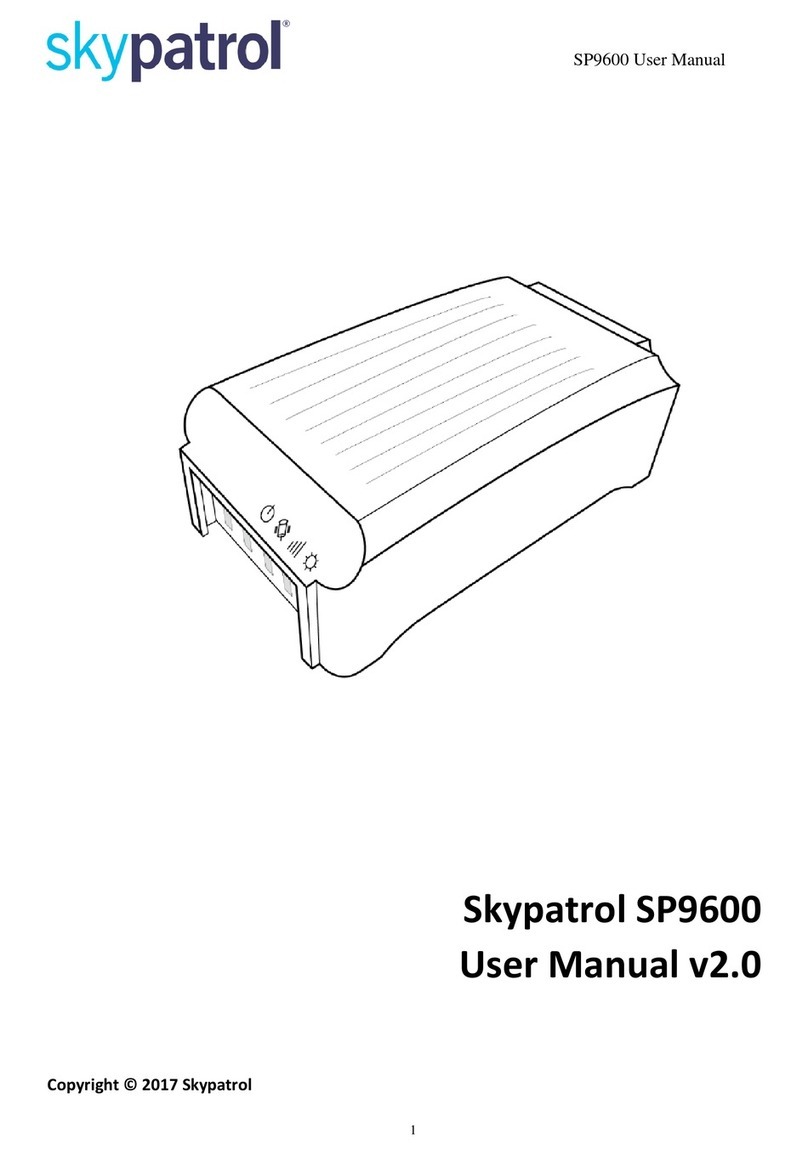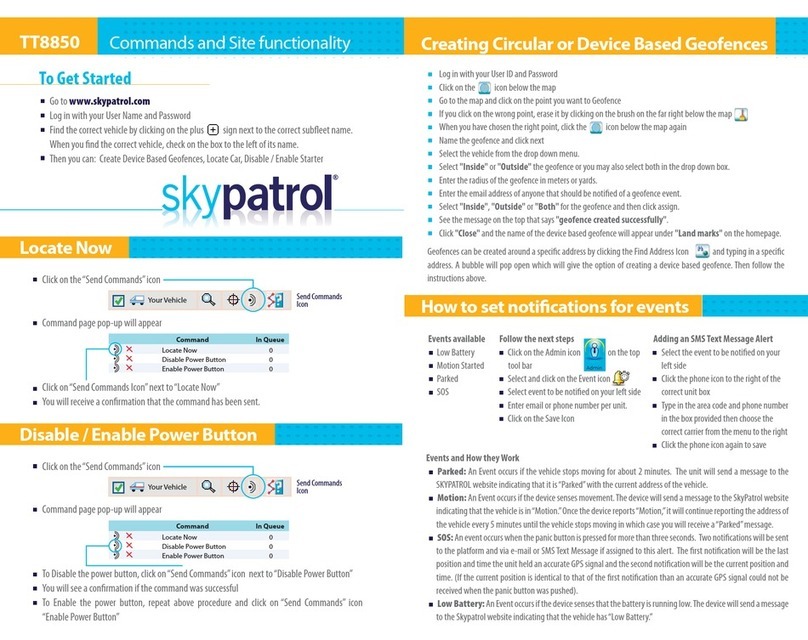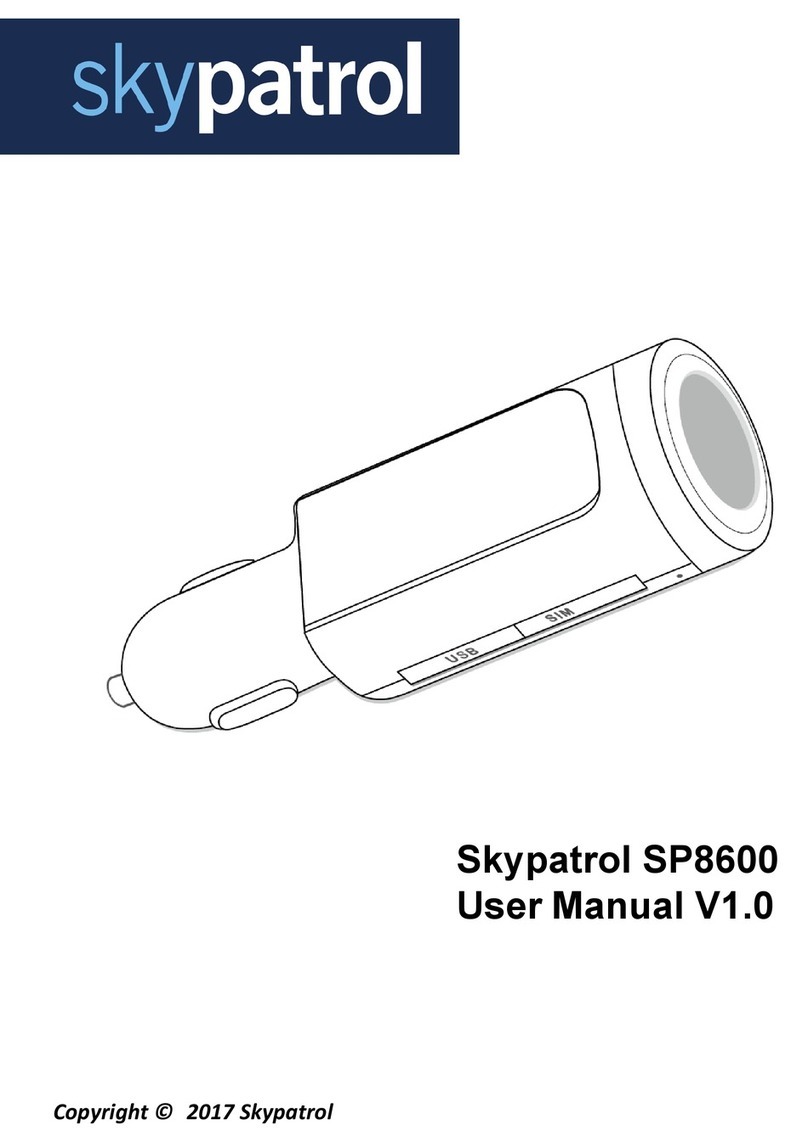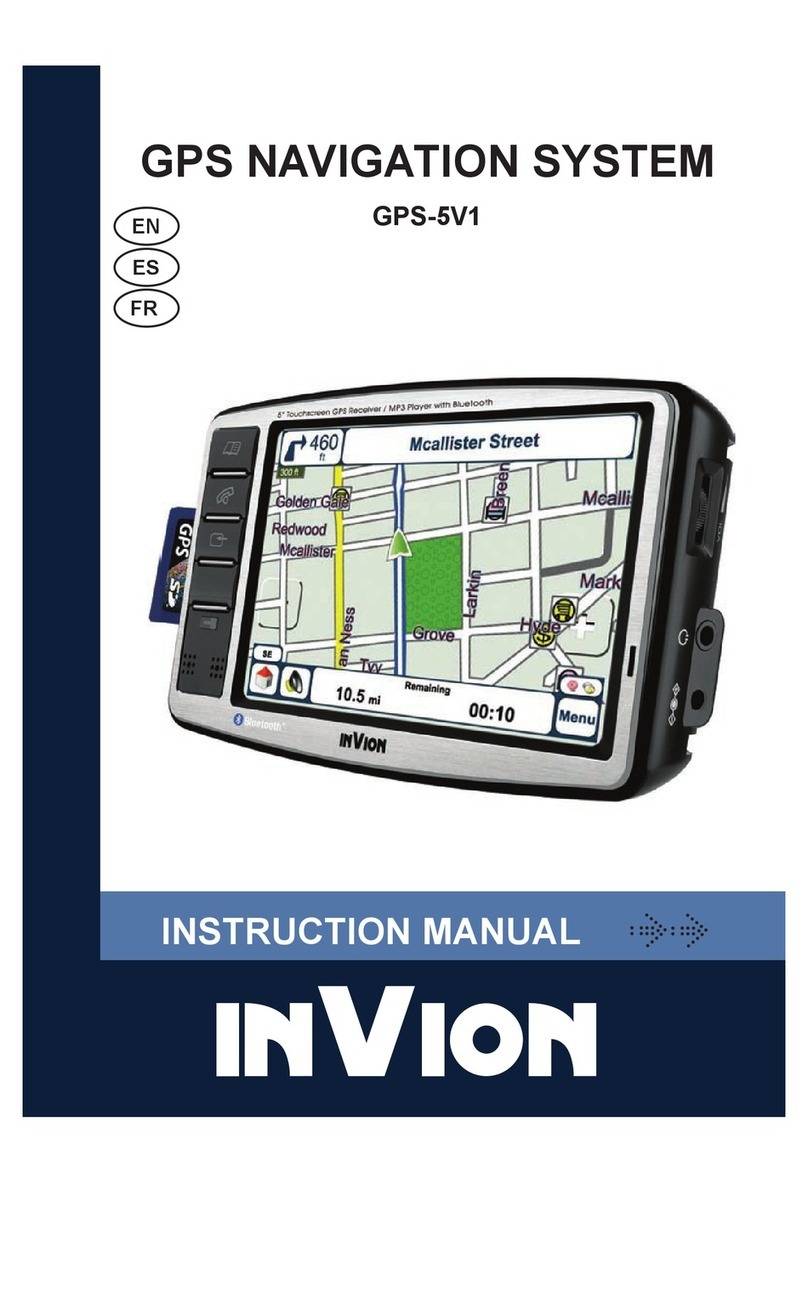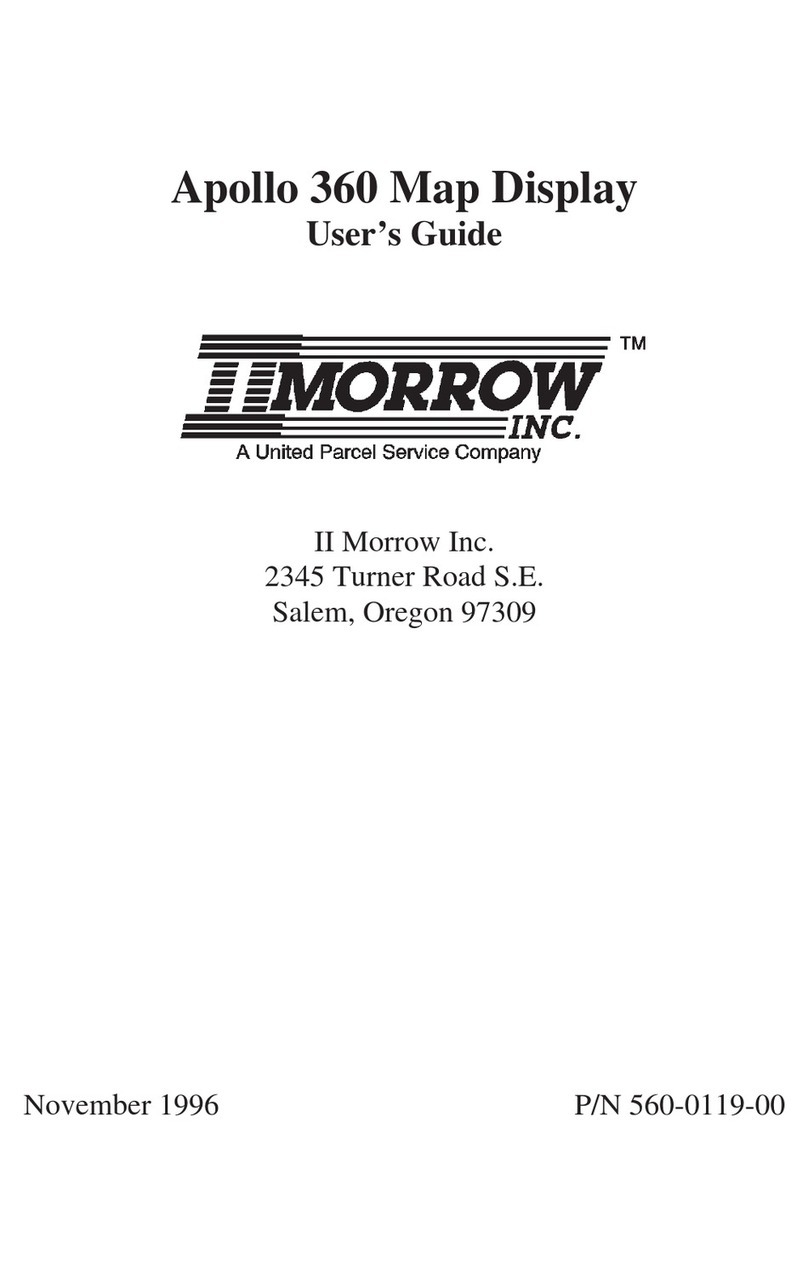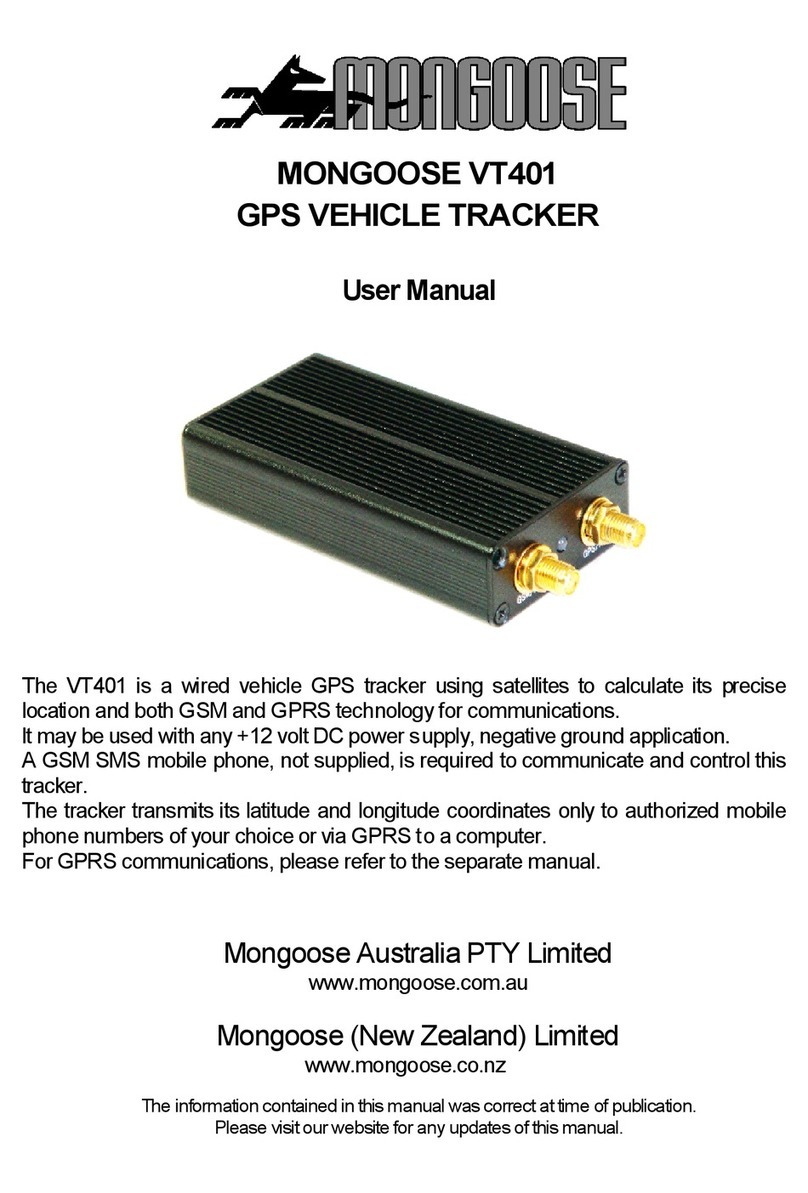Skypatrol TT8750 Assembly instructions

copyright Ó2006 Skypatrol, LLC. All rights reserved.
SKYPATROL TT8750
Installer GUIDE
SKYPATROL highly recommends that a
certified professional technician install the
unit into your asset.
“BE SURE TO REGISTER YOUR DEVICE ON LINE PRIOR TO
HAVING IT INSTALLED”
Call 800-369-5007 for more details.

TT8750 Installer Guide
www.skypatrol.com copyright Ó2006 Skypatrol, LLC. All rights reserved. 2/10
Index
Preface................................................................................................................................................................2
Mounting of the Device........................................................................................................................................3
Tools Required............................................................................................................................................3
Wire Connection Methods............................................................................................................................4
Soldering Method........................................................................................................................................4
Twisting Method..........................................................................................................................................4
Crimping Methods.......................................................................................................................................4
Power Connection ...............................................................................................................................................5
Grounding............................................................................................................................................................6
Ignition Sense......................................................................................................................................................6
Disable/Enable Starter / Unlock the door..............................................................................................................8
Disable/Enable Starter Installation...............................................................................................................8
Door Unlock Installation...............................................................................................................................8
Installing Antennas ..............................................................................................................................................9
About the Antennas ............................................................................................................................................. 9
Tests & Troubleshooting.................................................................................................................................... 10
Technical questions........................................................................................................................................... 10
Preface
There are three primary aspects to the installation of the Skypatrol TT8750 vehicle tracking device:
·Power connections
·Antennas installation
·Mechanical mounting of the device
This Installation Guide will help you step by step to accomplish a proper installation. This document is a
supplement intended to help installers with more difficult or non-standard installations. It will also help
with the testing and troubleshooting of installations that do not initially work correctly and will help an
installer become more proficient and faster at repetitive installations.
The device power wiring harness must be connected to the vehicle’s electrical system at three points;
power, ground, and ignition sense. Each of these three wires must be connected to an appropriate
connection point in the vehicle. Finding and determining the suitability of the appropriate connection point
for each wire is described in detail in subsequent sections of this document.
In order to perform the steps outlined below it will be necessary to use a good quality multi-meter. The
meter will need to accurately measure DC voltage up to 36 volts and resistance down to less than one.
WARNING: When working with vehicle wiring, be very careful that no bare wires, and no
tools come in contact with any other wires. Never make contact with the
ground (vehicle’s chassis). This contact will probably blow a fuse and could
also cause heat and fire. It is always preferable to disconnect the vehicle’s
battery before doing any work on the vehicle’s electrical system.
CAUTION: If you decide to disconnect the battery this process might disable the anti-theft-
coded radio or airbag. Doing so may cause a warning light to be displayed
which may require a trip to the dealer or by entering the correct code.

TT8750 Installer Guide
www.skypatrol.com copyright Ó2006 Skypatrol, LLC. All rights reserved. 3/10
Mounting of the Device
Mounting the device itself is a critical part of the installation that is often mistakenly considered less
significant than the other aspects. It is very important to determine an appropriate location for the device
and to affix it securely in place. Most of the times it is recommended that the installer review the location
with the owner of the vehicle prior to installation.
Determining the best installation site is based on
several factors –adequate space, the availability of
the power connections, routing of the antenna cable
and visibility of the indicator LED’s (optional) and
secure mounting points without excessive vibration.
Preferable installation locations for many vehicles
are under the dashboard, under a seat, in the trunk
or inside a console. The device is meant to be
installed inside the passenger compartment of a
vehicle, not in the motor compartment. In some
trucks or vans it is possible to mount the unit on a
side wall, firewall or internal wall.
Orientation of the device is not critical to its performance but consideration should be given to visibility of
the indicator LED’s. The LED’s do provide feedback about the operation of the device so easy viewing is
desirable for unconcealed installations. For a covert installation, however, the LED’s should be hidden
from view.
The device should be placed where the power wiring and antenna cables can be routed properly, without
getting in the way of normal vehicle operations. This means leaving some room behind the device so that
the connectors are accessible.
Attaching the device to the vehicle can be a challenge, especially
if it is located under the dashboard where there is no such thing as
a panel or clear open space. In cases like this, it is usually
preferable to use plastic cable ties to attach the device. The cable
ties offer a flexible mounting process that dampens vibration yet
securely affixes the device in any orientation. Cable ties can strap
the device to brackets, wire bundles, or sturdy fittings of any kind.
It is not necessary to cinch the cable ties completely tight. As long
as the device won’t rattle or swing around it should be secure.
Tools Required
•Wire cutters / wire strippers
•Voltmeter (multi-meter)
•Soldering Iron / Solder
•Electrical tape
•Plastic cable ties
•Screw drivers
•Wrenches/sockets
IMPORTANT NOTE:
Before installation is completed, it’s strongly recommended you verify (with the service provider)
that the readings are correct for the device and the server is receiving all the information.

TT8750 Installer Guide
www.skypatrol.com copyright Ó2006 Skypatrol, LLC. All rights reserved. 4/10
Wire Connection Methods
Making electrical connections will usually involve connecting a wire in the wiring harness wire to an
existing wire in the vehicle. There are several methods of making electrical connections, some of which
will be discussed here in order to help the installer determine the appropriate method for each
circumstance.
Soldering Method
The recommended connection between vehicle wires and the device wiring harness is a soldered
connection. This is best performed by cautiously stripping a ½ inch section of insulation from the
vehicle’s wire using a razor knife. Next, wrap the exposed wire from the device wiring harness several
times around the exposed vehicle wire. (Fig. 1) Use a soldering iron and rosin-core solder to make the
electrical connection. Be sure to get both sections of wire hot enough to melt the solder till it flows freely
between the strands of wire. The connection should be held still until the solder cools and solidifies to a
shiny metallic bead. After the soldering is complete, wrap at least 5 layers of electrical tape around the
connection point, ensuring that the tape adheres to the wires’insulation creating a sealed layer of
insulation.
Fig. 1 Fig. 2
Twisting Method
Some installers attempt to simply strip the insulation from wires, twist them together, and insulate them
with electrical tape. Clearly this is not adequate. Twisted wires have no consistent electrical connection
and are mechanically unsound. If you choose this method consider the following diagram tips to make the
best connection possible. Fig. 1 and Fig. 2
Crimping Methods
Common types of automotive splicing connectors are known as Insulation Displacement Electrical (IDE)
connectors. These are available from many auto parts and electrical supply stores. The connectors
make contact by slicing through the insulation of the wire with a sharp internal blade which then comes in
contact with the internal conductors. If these are used the wrong way or the wrong size is used it is

TT8750 Installer Guide
www.skypatrol.com copyright Ó2006 Skypatrol, LLC. All rights reserved. 5/10
possible to cut the main wire. The benefits are quick connections that can be made with a simple hand
tool. The drawback is the reliability of the connection. The slicing action punctures the wire’s insulation
and cuts into the internal conductors. This weakens the wire’s mechanical strength and possibly reduces
its current carrying capability and exposes it to corrosion.
IDE connectors are not recommended for durable device installations. Fig. 3, Fig. 4, Fig. 5, Fig. 6.
Fig. 3 Fig. 4 Fig. 5 Fig. 6
Power Connection
Power for the device is supplied via the red wire of the power wiring harness. Connect this wire to the
appropriate connection point in the vehicle as described below.
The Skypatrol TT8750 device requires a power source with a voltage
between 9 and 30 volts DC and a current capability of up to 1 Amp.
Most vehicle power systems use 12 Volts DC so the appropriate
voltage is relatively easy to access. Selecting the main power cable
ensures that the 1 Amp current draw can be supplied without
triggering the vehicle computer sensor in most new vehicles.
It is critical that the main power source for the device be continuously
available, i.e. it is not switched off when the vehicle is off. It must
remain above 12 volts and cannot be tied to any other switch in the vehicle. Test to be sure that your
selected power source is unaffected by switching on and off any lights, turn signals, audio system,
heating system, horn, etc.
Some vehicle circuits are current limited as a result of isolating them from other vehicle systems. As an
example, the circuits to power the audio system may be isolated from other systems to reduce noise.
If the device is connected directly to the
vehicle’s battery, it will have adequate current
delivery capability. If it is connected to some
other circuit of the vehicle, it must be tested
to ensure that the maximum current is
available. An adequate test would be to
connect the device temporarily and ensure
that it can provide tracking points to the user
portal (see the Getting Started Guide for
Instructions). If the temporary electrical
connection fails to adequately power the
device, it must be connected to another
source within the vehicle; in general, the
closer to the battery the better.
Ground Pin (-) (Black) :
Voltage in (12 to 24 V) (+) (Red) : VIN
Ignition Sensor (Any Accessory) (White) : IGN

TT8750 Installer Guide
www.skypatrol.com copyright Ó2006 Skypatrol, LLC. All rights reserved. 6/10
Good sources of power can be found at the fuse box or at the ignition switch. It is also possible to find
adequate power sources at certain lights and at power devices like seat adjustment motors. An indication
that the chosen power source can supply adequate current will be the gauge of the wire. If it is very thin,
such as 18 Gauge or lighter, it is not meant to carry high enough currents to supply the existing circuit
plus the extra current demands of the device. Connect to the heavier power wires in the vehicle.
Grounding
Grounding for the device is supplied via the black wire of the power wiring harness. Connect this wire to
the appropriate connection point in the vehicle as described below.
Grounding is every bit as critical as the power connection. On virtually all vehicles the chassis is the
ground. If it is possible, connect the black wire of the device power wiring harness to the vehicle’s
chassis. Be sure the connection method does not add resistance. A crimped-on ring terminal screwed to
the chassis should be adequate. Make sure that the chassis connection point is not painted or coated
with some other insulating material such as grease, wax, plastic or anti-corrosion coating.
If connecting directly to the chassis is not possible, it is critical to determine the resistance between the
desired connection point and the vehicle’s chassis. It is not adequate to measure the voltage of a
connection point to determine if it is ground. In other words, a wire that measures zero volts is not
necessarily a ground wire.
A resistance of no more than 1 (one) ohm between the connection point and the vehicle chassis should
be allowed. This is CRITICAL! If the resistance is any higher, the voltage differential between the power
source and ground, at full current, will drop below the minimum 8 volts required to power the device.
If connecting to a ground wire rather than the vehicle’s chassis, be sure the ground wire is a heavy gauge
so it can carry the full maximum current of the device. Do not connect to any wires that are 18 Gauge or
lighter. Connect only to the heavier ground wires of the vehicle. Remember, the full supply current of up
to 1 Amp will also flow to ground. Heavy ground wires can be found at the fuse boxes, ignition switch and
some of the lights and motors in a vehicle.
Ignition Sense
Before proceeding, it is important to understand that the ignition sense is a required feature for the best
performance of your device. This feature also adds extra information to the user regarding the status of
the automobile’s ignition. If the ignition sense pin is left disconnected, your Skypatrol device will simply
assume that the ignition is always OFF.
If you do decide to use the ignition sense feature, the Skypatrol device is smart enough to know when the
ignition is ON or OFF. If the ignition is ON, then a 12 volt potential will appear in the ignition sense pin. If
the ignition is OFF, then a 0 volt potential will appear in the ignition sense pin. Note that a 0 volt potential
is not the same as being disconnected.
Connecting the ignition sense is considerably different from the power and ground connections. The first
step in setting up the ignition sense is to figure out where to take the input to connect to the ignition sense
pin. In this regard, there are several options. The connection point for the ignition sense can come from
the ignition switch, fuse box, radio or any other location that is switched on with the vehicle’s ignition.
The second step is to make sure the selected connection point meets the voltage and resistance criteria.
With a multi-meter in hand, measure the voltage of the connection point with respect to ground (chassis

TT8750 Installer Guide
www.skypatrol.com copyright Ó2006 Skypatrol, LLC. All rights reserved. 7/10
of the vehicle). When the vehicle is ON, you should get a 12V reading. When the vehicle is OFF, you
should get a 0V reading.
To measure the level of resistance on the selected connection point, you MUST turn OFF the vehicle.
Check that the voltage of the connection point is at 0V with respect to ground just to make sure that the
vehicle is indeed OFF. When this is confirmed, you may proceed to measure the resistance of the
connection point. A good connection point should have a resistance below 50 Ohms, preferably below 10
Ohms.
CAUTION: Do not attempt to measure the resistance to ground of the ignition sense connection
point when voltage is present, i.e. when the ignition is ON. This could damage your
multi-meter.
The Skypatrol device handles an input voltage range of 9 –30 V DC. (See Table 3 and Table 4). The
power and ignition pins can support 9 –30 V DC input voltage. The user has an option to connect these
wires depending on the desired functionality. Described below are the desired functionality and their
associated wire connecting procedure:
!
Please follow the specifications as listed in the table below. Skypatrol is not liable for
damage to the TT-8750 caused due to user error.
Evolution TT-8750 (@ 12 Volts)
Average Current
(mAmps)
Peak Current (Amps)
GSM 850 &
900
GPRS
1TX/1RX
Idle 250mA
<40 mA 1.6
DCS 1800 &
PCS 1900
GPRS
1TX/1RX
Idle 215 mA
<40mA 1.3
Table - GPRS Operating Power
TT-8750 Proper Connection
·Connect the power and ground wires of the TT-8750 to the battery leads or best closest points.
·Power (red) and ground (black) wires of the TT8750.
Device in Low Power Mode when Ignition Turned Off
·Connect the ignition wire (white) of the TT8750 to an auxiliary power source, i.e. ignition sense.
·Device goes through a reset upon ignition on.

TT8750 Installer Guide
www.skypatrol.com copyright Ó2006 Skypatrol, LLC. All rights reserved. 8/10
Disable/Enable Starter / Unlock the door
Please read the following guide carefully for a proper installation. We recommend using a professional
installer.
The SkyPatrol device includes 2 sets of harness, one to connect to the unit and one for the relay. The device
is able to operate with an N/O or N/C automotive-grade relay switch. The correct relay wiring connection will
depend on the particular of the vehicle and service contracted.
To follow is a diagram of an automotive-grade relay switch and pin description for the device harness
Pins 85 and 86 are wired the same in
all circumstances; these pins are
handling the coil activation of the
relay. Pin 85 will go to the BLUE wire
(output) from the device harness, and
Pin 86 must be wired to VCC (main
source of power of the vehicle).
Please review your relay and verify if
you have the proper relay for your
vehicle as we have 2 types of relays,
for both ranges 12V or 24V.
Relay Socket
Harness
87: Yellow (N/O)
87a: Red (N/C)
30: Blue
86: Black
85: White
Disable/Enable Starter Installation
For this operation the objective is to interrupt the starter, so next time you try to turn on the vehicle the
engine will not start.
For this you will also use pin 30 and pin 87a on the relay switch.
Door Unlock Installation
For this operation the objective is to provide a momentary pulse, depending on the vehicle brand and model
this could be a Ground pulse or a VCC pulse.
For this you will use pin 30 and pin 87 on the relay switch.

TT8750 Installer Guide
www.skypatrol.com copyright Ó2006 Skypatrol, LLC. All rights reserved. 9/10
Installing Antennas
There is one GPS and one GSM antenna to install for the TT8750 device; these antennas cover the
required frequencies for the GPS / GSM portions.
The antennas have a magnetic side and also an adhesive side, so it is possible to affix it in position by
placing it on any surface. The antenna can also be mounted with an adhesive pad (included), tape or
plastic cable ties. It may not be necessary to affix the antenna at all if they are located in areas where
friction will hold them in place without vibrating, rattling or slipping.
Positioning and orientation is critical for the GPS antenna.
About the Antennas
GPS signals are much weaker than GSM signals. For this reason, the GPS antenna used with the
TT8750 is what is known as a directional antenna. It amplifies signals from one direction while
attenuating signals from other directions. The signals that need to be amplified come from the GPS
satellites, which may be located anywhere from straight up to just above the horizon. The rounded top of
the GPS portion of the antenna is the direction in which it amplifies received signals. The flat bottom is
where the magnetic side is located.
It is usually desirable to orient the GPS antenna straight up but there are exceptions. If metal in the
vehicle is blocking one or more directions, it is not useful to amplify signals from that direction. As an
example, if the cab of a truck is all metal with the exception of the front and side windows, it is preferable
to aim the antenna out the window, not straight up at the roof of the cab.
It is useful to understand which materials block signals and which do not. A simple rule of thumb is that
materials that conduct electricity will block signals and materials that do not conduct electricity will not
block signals. The thickness of the material is much less a factor than the conductivity. For instance, a
thin film of aluminum foil will block signals almost completely while a thick human body will only partially
block signals. The reason is that the aluminum is an excellent conductor of electricity while the body is a
poor conductor.
Another grey area is where the conductor is not a continuous plane but a mesh, such as the metal
springs in a vehicle seat. The rule of thumb here is that higher frequencies penetrate smaller mesh.
GPS signals are a fairly high frequency so they will penetrate any conductive mesh with holes greater
than about 6 inches across. This is important for places like a car trunk where the majority of the signal is
entering through the back seat and the rear window of the car and down through the package shelf
behind the back seat. Both the seat itself and the bracing for the package shelf typically contain metal
mesh components. Some, but not all, of the GPS signal will be blocked from the trunk space.
Metals of any kind will block signals, however small metal brackets or fittings above the GPS antenna are
generally not a problem as long as they do not block a large percentage of the direction of signal
reception. The following types of materials, generally found in vehicle construction, do not block signals:
plastic, glass, fabric, vinyl, leather, rubber or styrofoam.
The best location for placing the GPS antenna, in a vehicle is on top of the dashboard, directly below the
center of the front windshield. To improve the esthetics of the installation it is usually preferable to hide
the antenna. Placing it directly under the dashboard, up near the windshield, can accomplish both
excellent signal reception and a hidden installation. Be sure there is no metal between the antenna and
the windshield. In most vehicles there are metal brackets in various locations throughout the bottom and

TT8750 Installer Guide
www.skypatrol.com copyright Ó2006 Skypatrol, LLC. All rights reserved. 10/10
middle of the dashboard but up near the top they are absent. In some vehicles there even cavities in the
top of the dashboard accessible through removable plastic panels. These are ideal GPS antenna
installation sites.
Another possible GPS antenna installation site, in a car, is directly under the package shelf below the rear
deck window. In a truck or van the antenna must have visibility through the front windshield. Sometimes
a console between the seats offers a reasonable antenna location. It must be a location where metallic
objects will not be placed on top. Items like thermal coffee containers and metal clip boards have been
known to interfere with device performance.
Tests & Troubleshooting
To perform initial testing of the device, the vehicle should be outdoors in an open area where the GPS
signal is readily available. After powering up the device, observe the LEDs on the front panel of the
device. After powering up the vehicle, ensure the LEDs are behaving as described in the table below.
Note that it may take up to 10 minutes to acquire an initial a GPS signal. The GPS light must remain on
for at least 20 minutes. You may now refer to the Getting Started Guide to perform an end-to-end system
test through your web account.
Name
Color
Function
Behavior
PWR / GPS RED Power On =OK
Off = No power
USR2 RED GPS On =GPS OK
Off =No GPS
USR1 GREEN Network On = Register
Off = Not Register
Blinking = Searching
Technical questions
For further information contact us at:
Skypatrol LLC
3055 NW 84th Ave.
Doral, Florida 33122
1-800-369-5007
Table of contents
Other Skypatrol GPS manuals

Skypatrol
Skypatrol SP2600 User manual

Skypatrol
Skypatrol TT8950 User manual

Skypatrol
Skypatrol SP4700 User manual
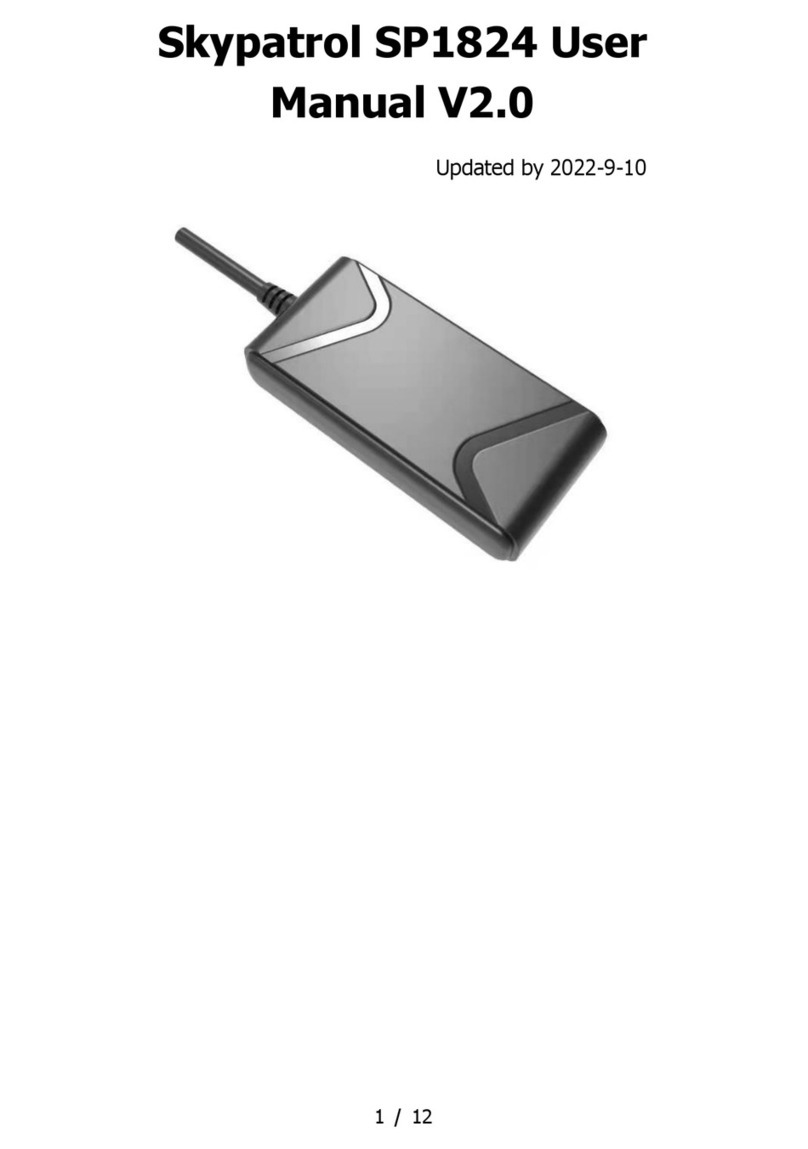
Skypatrol
Skypatrol SP1824 User manual
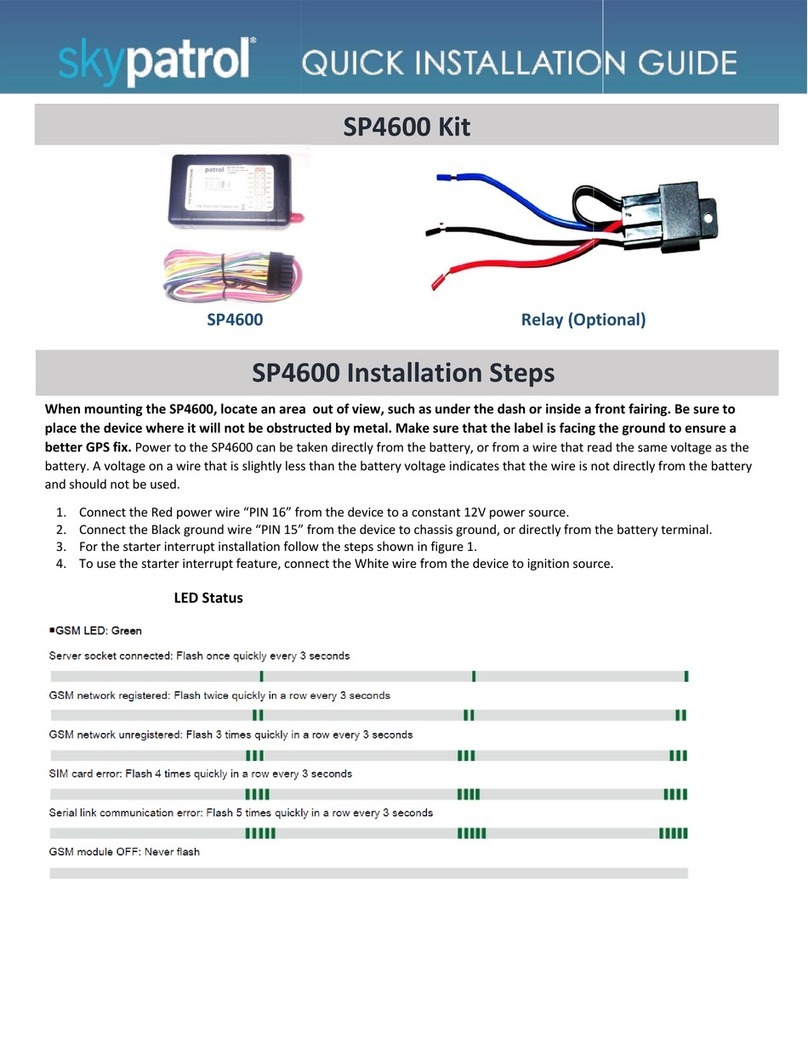
Skypatrol
Skypatrol SP4600 User manual

Skypatrol
Skypatrol ST7200 User manual

Skypatrol
Skypatrol SP9700 User manual

Skypatrol
Skypatrol Evolution User manual

Skypatrol
Skypatrol ST7200 User manual
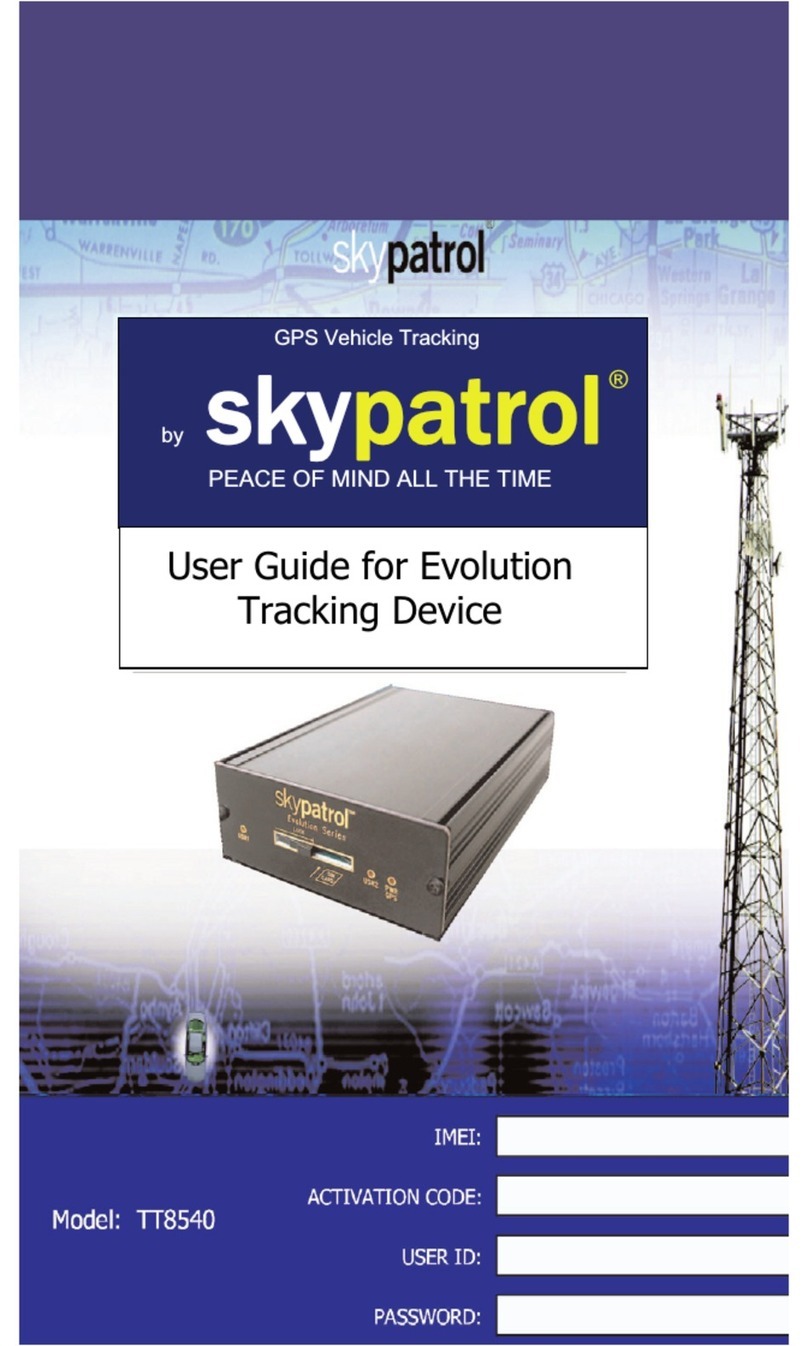
Skypatrol
Skypatrol TT8540 User manual
Popular GPS manuals by other brands

Lowrance
Lowrance AirMap 300 Installation and operation instructions
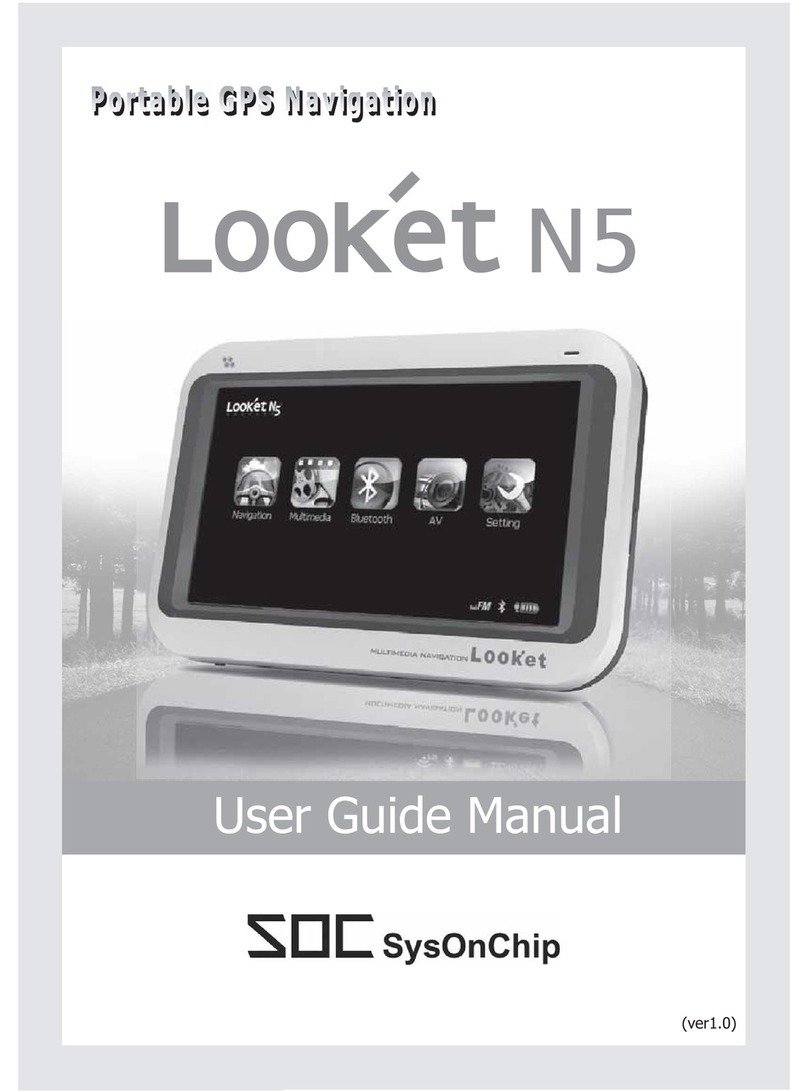
SYSONCHIP
SYSONCHIP Looket N510 User guide manual

ACR Electronics
ACR Electronics NAUTICAST SOLAS AIS - user manual

SWAMI
SWAMI 5000 user manual
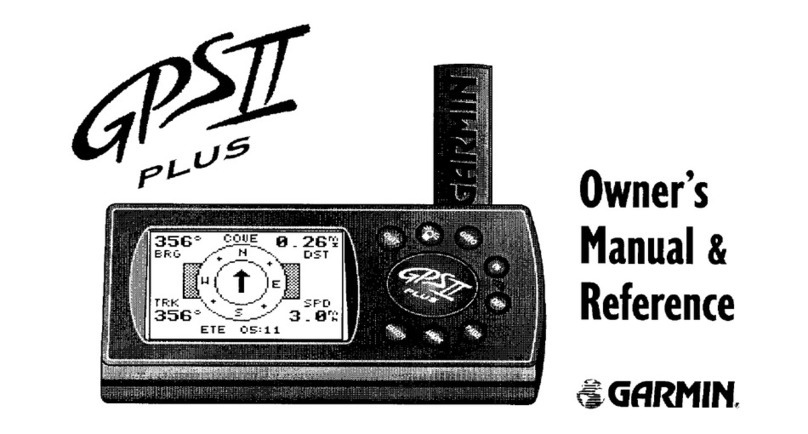
Garmin
Garmin GPS II+ Owner's manual & reference

FSC
FSC A320 SIDESTICK PRO OEM Instructor User Guide
